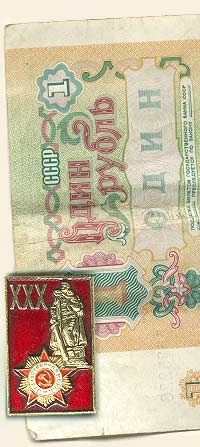Пятничный блошиный рынок Каира (Egyptian Art Enters Guinness Book of Records)
 The Friday Market (Photo: Abdullah al-Suwaysi)
The Friday Market (Photo: Abdullah al-Suwaysi)
Cairo, Asharq Al-Awsat - A mural entitled ‘The Friday Market’ [Souk al Gomaa] by Taha al Korany has won a place in the Guinness Book of World Records as the largest mural in the world at 23 meters in length and 140 centimeters in height.
The art piece has gone on display at the Cairo Opera House that has been able to accommodate for the dimensions of this lengthy work of art.
Al Korany told Asharq Al-Awsat that the mural represents a unique world of the “simple and poor from various parts of Egypt who come to buy what they need and what they don’t need, as there is the common principle of cheap prices even though traders may have spent twice as much on getting to the market from their remote villages and towns. Despite that, they [market goers] are expressive and rich in culture to the extent that I became exhausted as I painted, not because of exerting a lot of effort but as a result of living with them and being influenced by them.”
“I was inspired by the faces with Egyptian features, the way people were dressed and the details of each character at the market, motivating me to capture an artistic image that brings together the world of contradictions within the Friday Market. I was impressed by the compassion between people and the transactions that took place and by the market’s distinguished character,” explained al Korany.
The mural took four to five years to complete and al Korany visited the marketplace on a weekly basis where he would sketch drawings and take photographs. “I recorded 20 hours worth of video recordings of the market and then I would transform these recordings into the mural. The noise of the market inspired me to draw in a different way to the point that I could smell the items for sale in the market as I drew!”
With regards to the ‘Friday Market’ entering the Guinness Book of Records, Taha al Korany said, “I never imagined that the characters of the market would cover all this space or that it would be enough to compete as part of the Guinness Book of Records. Whenever I finished one part of the painting, which was completed in nine consecutive stages, I discovered that there was still so much to do for the painting to reach its final size of 23 meters long and 140 centimetres high. All that I was concerned about was observing the different situations within the market.”
Al Korany stated that the decision to stop drawing was made for fear of repetition: “When I realised that I could replicate characters and their expressions over any new face that I drew, I put the paintbrush down.”
“I was very sad when I finished the painting since it was an extensive piece of art work. When I put my paintbrush down, I felt like I had given it up forever. I was not happy when this journey was over and I wished that it could have lasted longer,” Al Korany told Asharq Al-Awsat.
In reference to practicalities, Taha al Korany said that it was difficult to find somewhere to exhibit his art work as most galleries in Egypt are small, which meant that its presentation had to be postponed. He said, “I was forced to wait because the only gallery that could accommodate the painting was Hanager Theater’s art gallery, however it was being renovated at the time. Dr. Huda Wasfi [Director of Hanager Theater] was enthusiastic about this painting, but I found it difficult to wait as I wanted my painting to be seen. However, in the end, the Opera House accommodated for the painting.”
The artist denied that he had any intention of selling the painting even though it cost him almost 500,000 Egyptian Pounds [approximately US $90,000] to create the ‘Friday Market’ mural. However, he is prepared to present it to any party that can respect the work for its humanitarian value. Through the characters he has created, the artist sought to depict another dimension of their ordinary lives to the world, which is their content in the face of the hardships they endure.
It is noteworthy that the famous Souk al Gomaa in Cairo was formerly based in Imbaba and then Barqash in Giza; today it is based in the Sayyida Aisha area in Cairo. Trade begins shortly after morning prayers and ends after Esha prayer of the day; the last prayer of the day.
By Muna Madkour
Источник: Asharq Al-Awsat, 10/12/2007


